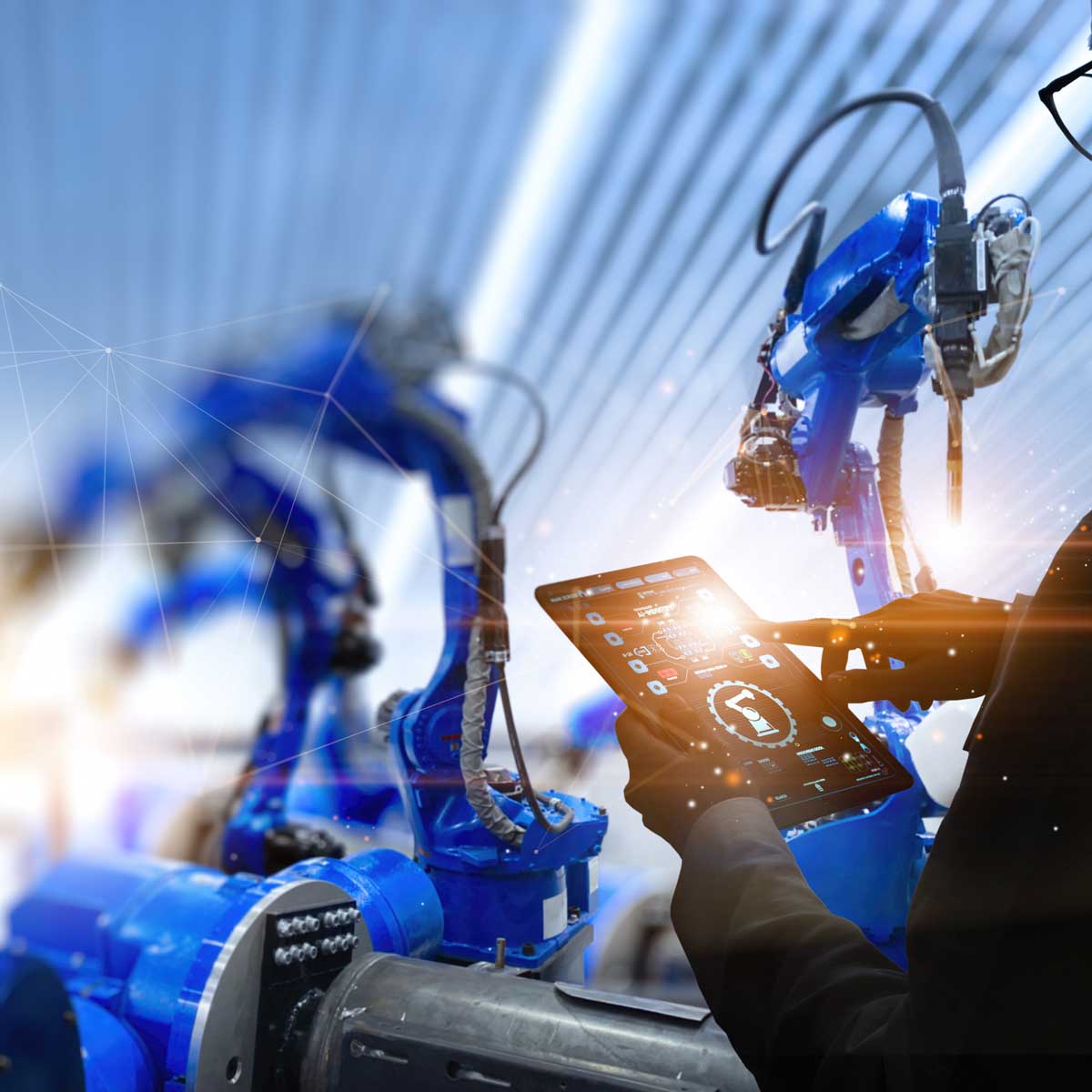This website uses cookies so that we can provide you with the best user experience possible. Cookie information is stored in your browser and performs functions such as recognising you when you return to our website and helping our team to understand which sections of the website you find most interesting and useful.
Three common misconceptions about implementing robotics in manufacturing – a roundtable recap

Talent shortages aren’t going away anytime soon. To fill in the gap, it’s important to consider alternative options, such as investing in robotics. According to our recent Industry Pulse survey, one in three manufacturers are likely to invest in automation to replace a portion of their workforce in the next 12 months.
Our friends at Acieta, a leader in automation technology integration, joined us at our latest executive roundtable to provide insight into evaluating automation and understanding the hidden factors in calculating a robot’s ROI. Below, we highlight three common misconceptions executives in the roundtable had about implementing robotics.
Myth 1: Robots are faster than a human operator
Efficiencies are gained over time with a robot. While a human operator may be able to perform a single task faster than a robot, looking at total throughput for a shift, a week, or a year, the robot will prove to drastically increase output over that of a human counterpart. Acieta even remarked that it sees about a 36% productivity increase per week for a robotic operator.
Myth 2: Robots require a huge initial investment
Acieta leaders recommend businesses start small and look at a part of a process to automate first. Cost-wise, this is much more manageable, but it is also a great way to introduce your workforce to automation so they can be excited about it instead of overwhelmed. Plus, it allows employers to demonstrate to employees that automation is not intended to replace them but to make room for them to have more elevated responsibilities.
Myth 3: Robots have short lives or costly repairs
Like your car, a robot should routinely get maintenance to prolong its useful life. Acieta experts say some robots can produce for 20 to 30 years if properly maintained and that you’ll see a return on your investment within the first one to three years of a robot’s life.
While robotic automation is not the only way to combat labor shortages, it’s worth considering. Watch Acieta’s full presentation here, and join us for our next roundtable in June!
This publication contains general information only and Sikich is not, by means of this publication, rendering accounting, business, financial, investment, legal, tax, or any other professional advice or services. This publication is not a substitute for such professional advice or services, nor should you use it as a basis for any decision, action or omission that may affect you or your business. Before making any decision, taking any action or omitting an action that may affect you or your business, you should consult a qualified professional advisor. In addition, this publication may contain certain content generated by an artificial intelligence (AI) language model. You acknowledge that Sikich shall not be responsible for any loss sustained by you or any person who relies on this publication.




